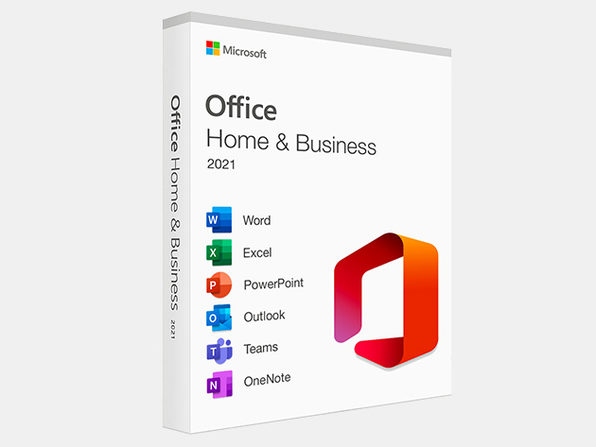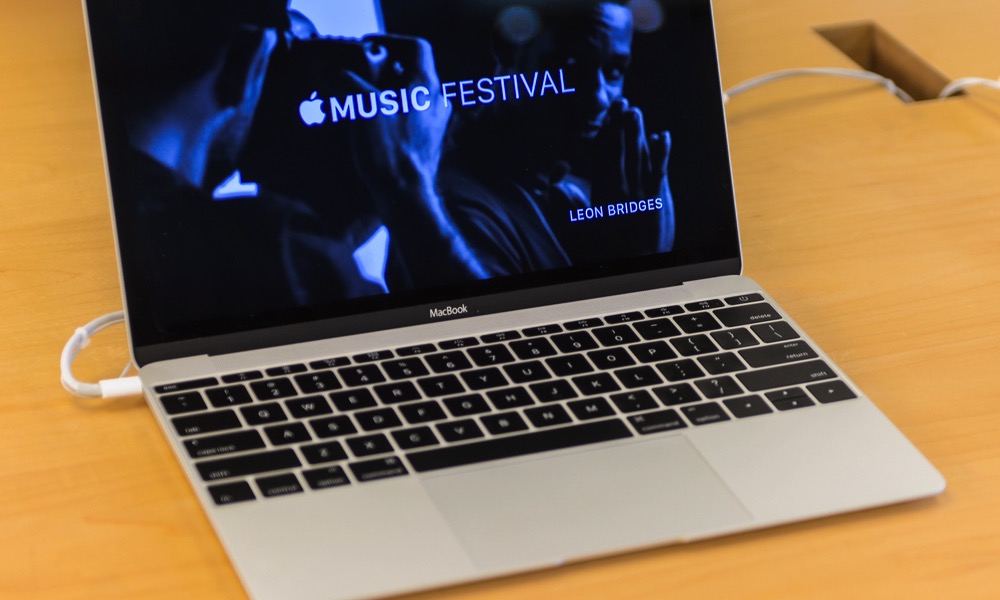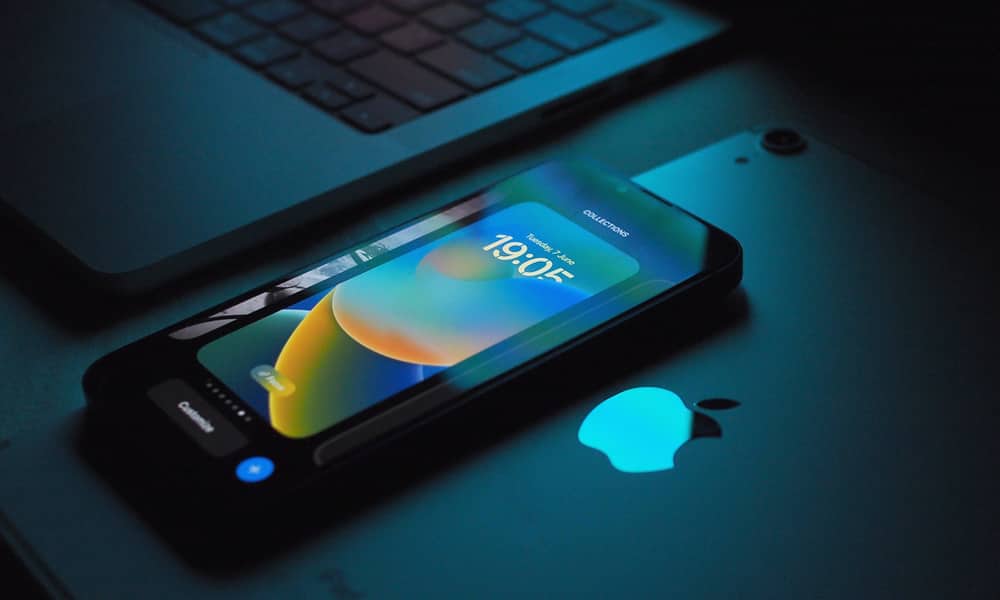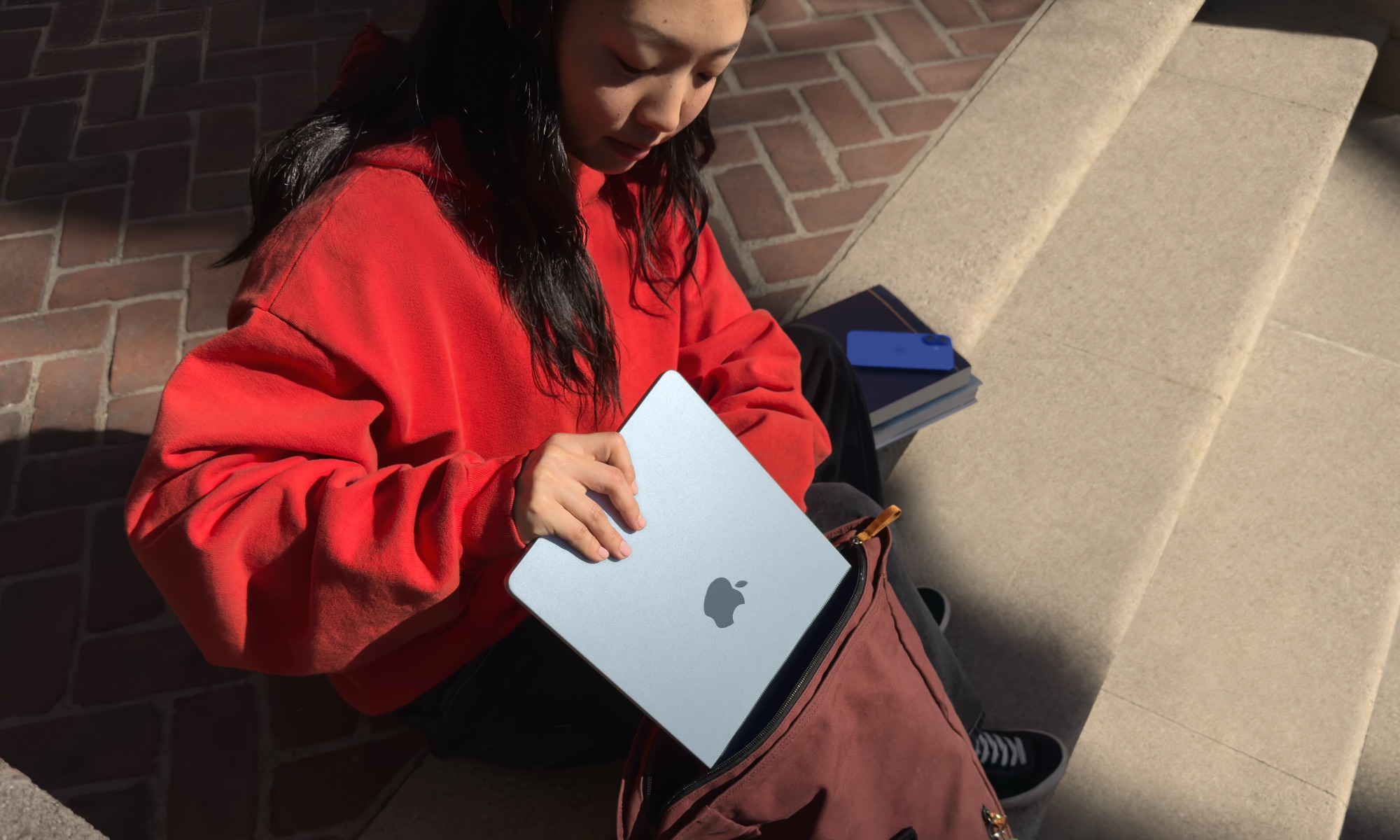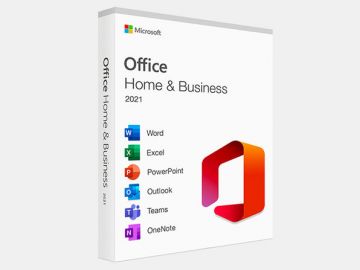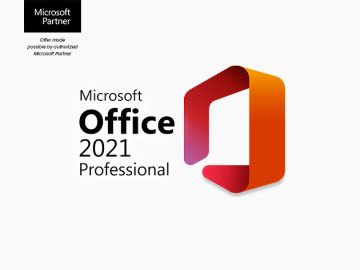Apple’s Next MacBook Might Have More in Common With Your iPhone Than You Think
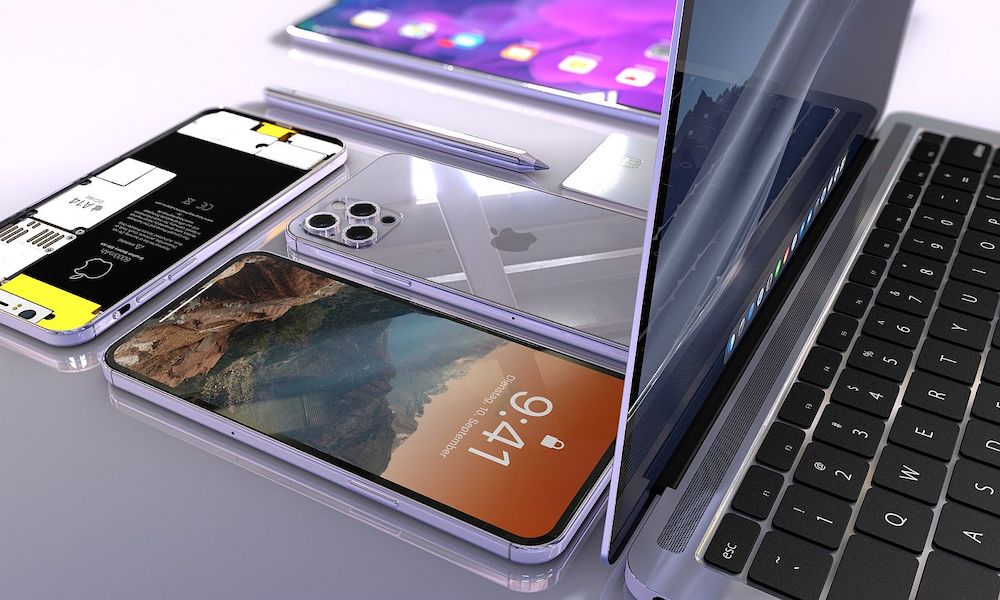 Hasan Kaymak
Hasan Kaymak
Toggle Dark Mode
Over the years, we’ve heard several rumors that Apple might resurrect the 12-inch MacBook, but it’s never been clear precisely what form such a device would take. Now, a new series of reports suggests a new budget MacBook that could fill this slot in an unexpected way.
The 12-inch MacBook was something of an oddball in Apple’s lineup. However, it quickly won over many folks thanks to its ultra-compact design, featuring not only a smaller 12-inch screen but also an extremely thin design.
Apple accomplished this by introducing the much-maligned butterfly keyboard. The premium MacBook also featured a Retina display in the days when those were exclusive to the MacBook Pro models and ushered in the first Force Touch trackpad and USB-C port configuration. It was also the first fanless MacBook, a feat that wouldn’t be replicated on Apple’s other MacBooks until it transitioned from Intel to the much cooler M1 chip.
Essentially, the 12-inch MacBook filled the niche that had initially been created with the 2008 MacBook Air — the one that Steve Jobs famously pulled out of a manila envelope on stage at Macworld 2008.
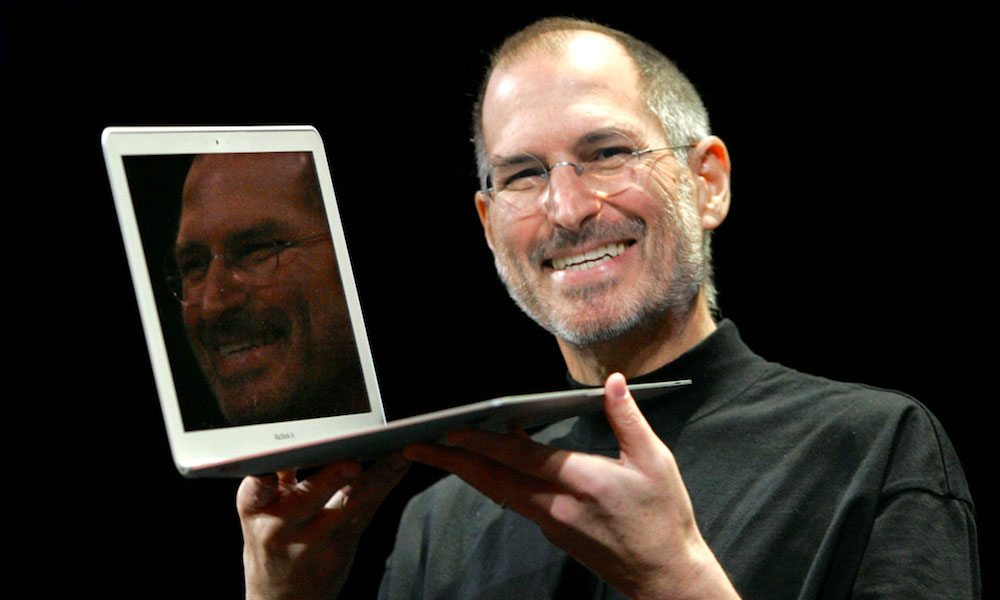
The MacBook Air began its life as a high-end “executive” laptop designed for portability. Despite a higher price tag, it fit in between the standard then-plastic MacBooks and the more premium MacBook Pro in terms of performance. There was no doubt that the design, billed as the “world’s thinnest notebook,” carried a premium price tag.
Later that same year, Apple brought an aluminum unibody to the base MacBook, providing a unified design for the first time in several years. By the following year, this model would evolve into the 13-inch MacBook Pro, and the plastic-bodied MacBooks would make a return as the entry-level models.
Needless to say, 2007–2009 was an awkward time for Apple’s MacBook family. However, in a strange twist of events, Apple rectified this in 2010 by using the MacBook Air brand to encompass a new duo of slim 11-inch and 13-inch entry-level models. The plastic MacBook and its suffix-less brand were quietly retired in 2011.
From that point on, the lineup has been divided between the lower-end MacBook Air and the higher-end MacBook Pro models. Apple blurred those lines a few times, first with the 12-inch MacBook in 2015 and then later when the base 13-inch MacBook Pro debuted with Apple silicon alongside a similarly equipped MacBook Air.
Following its release in 2015, the 12-inch MacBook saw minor refreshes in 2016 and 2017 before being put out to pasture in 2019. Rumors of its return have circulated since, but it’s never been clear whether Apple was considering another “executive laptop” or looking for something more modest to fill a lower-end niche.
As time passed, the notion of an ultra-slim premium laptop seemed less likely. Consider that the 12-inch MacBook debuted the same year as Apple’s first 12.9-inch iPad Pro, in an era when iOS wasn’t anywhere near ready to be considered a viable laptop replacement. Today, the M4 iPad Pro paired with a Magic Keyboard is hard to beat for those who want extreme portability. Offering another MacBook in this space feels redundant.
An iPhone-Powered MacBook?
While Apple has never played in the ultra-cheap laptop space, there’s room for it to offer something a bit more affordable than the base $999 MacBook Air. That’s already apparent from the fact that Apple has often continued to sell older models at lower price points.
For example, when Apple released the redesigned M2 MacBook Air in 2022, it continued to sell the older-style M1 version at a lower $999 price tag. It did the same with the 13-inch M2 model after the M3 MacBook Air lineup launched in early 2024, although the larger 15-inch M2 model was discontinued at that time.
However, Apple threw us a curveball when it launched the M4 MacBook Air earlier this year, dropping the entry-level price of its brand-new model to $999 and discontinuing the M3 model entirely, rather than trying to sell it at an even lower price.
There are several theories as to why Apple took this approach, but the most plausible is the strange saga of the M3 chip. The fabrication process for that chip produced very poor yields, and, by all accounts, Apple wanted to move on to the M4 as quickly as possible. It did surprise us with an M3-powered iPad Air around the same time, but that used a lower-spec version of the M3, which suggests Apple is merely getting rid of “binned” M3 chips that weren’t good enough for the MacBook Air.
However, going all-in on the M4 chip also cleared the way for another MacBook to fill that lower-cost niche, and it turns out that Apple might accomplish this not by using older M-series silicon but by taking a page out of the iPad playbook and using an iPhone chip instead.
While Apple’s iPad Air and iPad Pro models have long since transitioned to Mac-grade M-series chips, the entry-level iPad and iPad mini still use A-series chips from older iPhone models — an A16 chip for the iPad, and an A17 Pro for the iPad mini. Now, a new report suggests that Apple may choose to do the same for an entry-level MacBook.
That’s according to veteran analyst Ming-Chi Kuo, who made some unusually specific claims about what he believes are Apple’s plans for a more affordable MacBook. In a long-form article posted on X, Kuo claims that Apple has a new MacBook slated for mass production in the next 6–12 months, which will be powered by the A18 Pro chip from the iPhone 16 Pro lineup.
Expected to enter mass production in late 4Q25 or early 1Q26, with an approximately 13-inch display and powered by the A18 Pro processor. Potential casing colors include silver, blue, pink, and yellow
Ming-Chi Kuo
Such a device would be a new MacBook tier that would align the branding with the iPad family, creating a notch below the MacBook Air in the same way that the entry-level iPad lives below the iPad Air.
While Kuo doesn’t say anything about pricing, he does suggest this is an attempt by Apple to return its MacBook sales to “the COVID-19 peak,” of around 25 million units. He believes the new “MacBook” could account for as many as 7 million unit sales in 2026.
Kuo also believes it will feature a 13-inch display, and while he doesn’t elaborate on the design beyond that, it’s unlikely to differ significantly from the current MacBook Air. That will disappoint those hoping to see a return of the 12-inch MacBook, but it makes sense as Apple isn’t likely to invest in an entirely new design for what will essentially be a budget MacBook.
It would also explain why we haven’t heard much about this model before now. A design that looks the same as an M4 MacBook Air would fly just far enough below the radar to escape the notice of leakers and other sources in Apple’s supply chain.
The physical design may be identical beyond a few differences in color options, as it’s really what’s inside that makes the difference. For instance, the M4 MacBook Air has two Thunderbolt 4 ports, but these use the same connector as standard USB-C ports. Apple could also compromise on external display support, camera quality, and memory and storage capacities, none of which would be apparent from the MacBook’s exterior appearance.
The move to an A18 Pro chip would not only reduce costs compared to an M-series chip, but it would also use up surplus and “binned” chips from the iPhone 16 Pro series, which will undoubtedly be discontinued this September when the iPhone 17 Pro replaces them.
While this whole thing sounds very plausible, these are still just rumors that should be taken with a healthy dose of sodium-based seasoning. Kuo is the only source for this information at present. While he has reliable sources within Apple’s Chinese supply chain, his timings have often been inaccurate. In other words, he’s pretty good on the “what,” but not so much on the “when.”
[The information provided in this article has NOT been confirmed by Apple and may be speculation. Provided details may not be factual. Take all rumors, tech or otherwise, with a grain of salt.]

